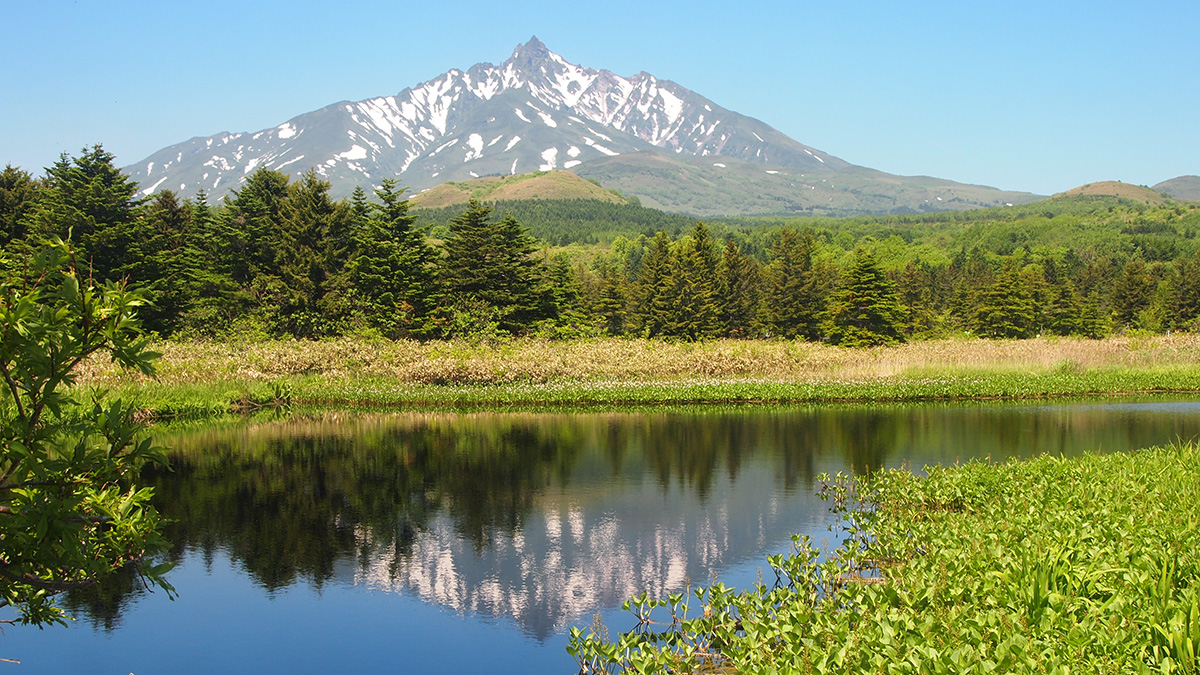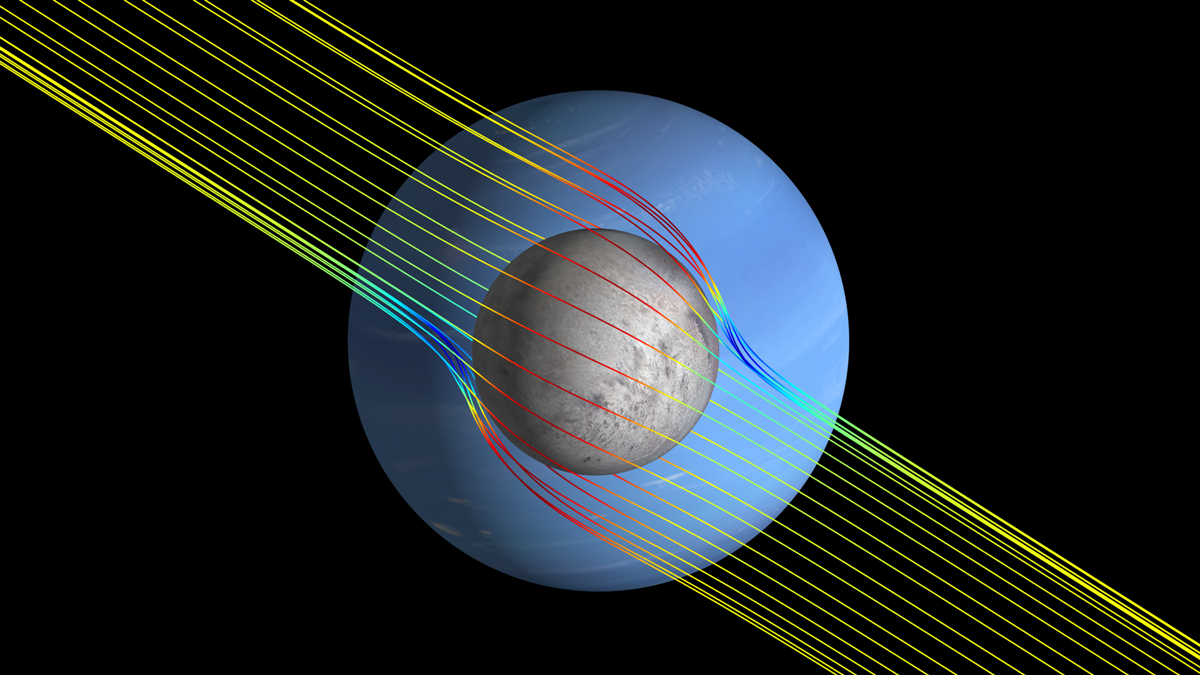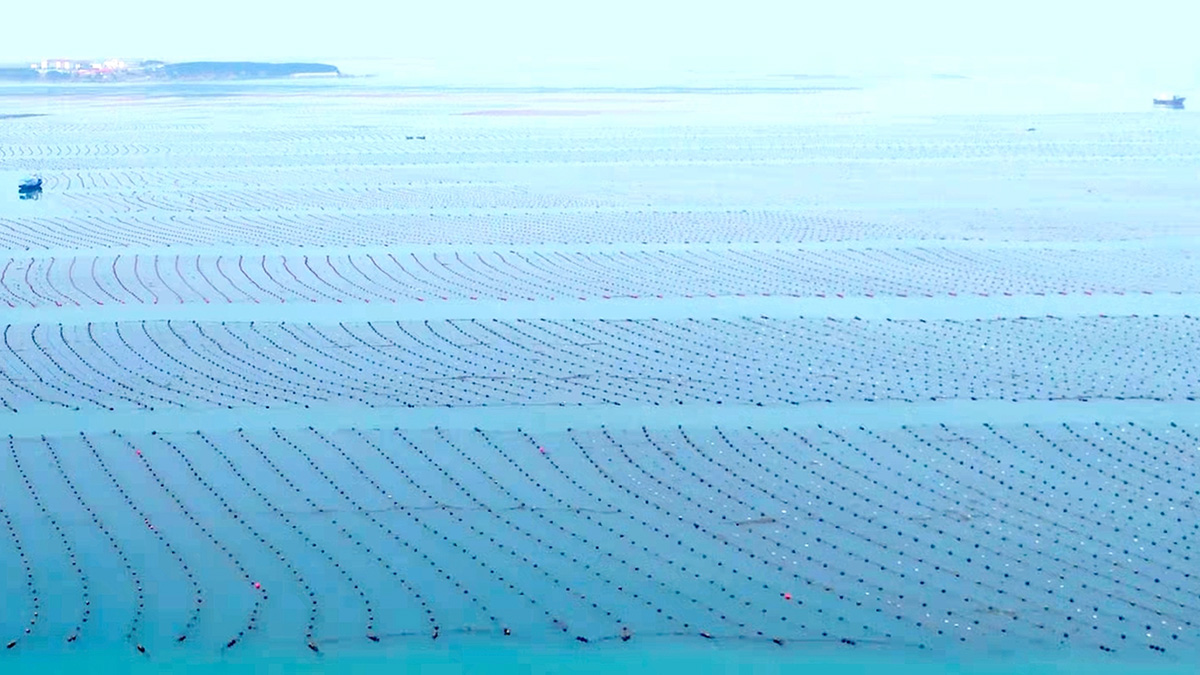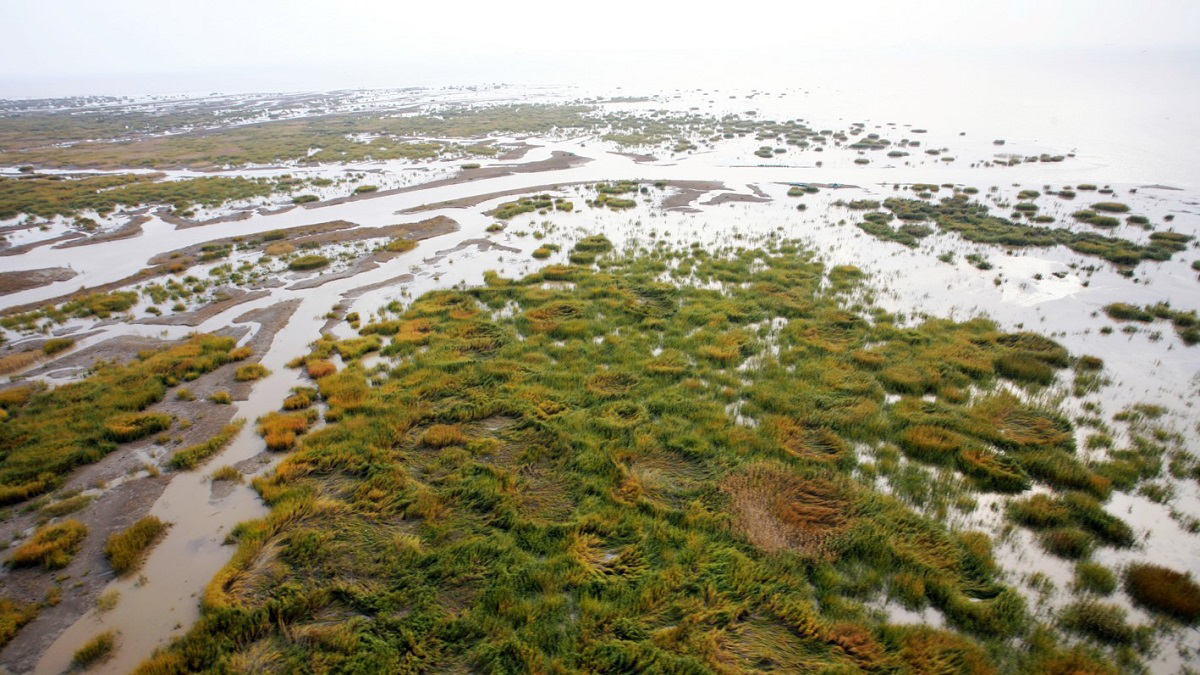New climate records from a peat bog show how two neighboring cultures responded differently to shifts in climate and ocean currents.
Oceans
Encontrando los océanos ocultos de las lunas usando campos magnéticos inducidos
Un análisis de componentes principales de modelos especulativos puede predecir con más seguridad que las técnicas anteriores la p^ppresencia de un océano subsuperficial en un objeto planetario.
Clues from the Sea Paint a Picture of Earth’s Water Cycle
New instrumentation and growing modeling needs in the Earth sciences are driving a renewed effort to compile and curate seawater oxygen isotope data in a centralized, accessible database.
卫星激光揭示地球水运动的变化
GRACE-FO卫星上基于激光的仪器可以扩展到其他地球物理应用,用来收集地球系统中月内时间尺度上的质量变化的数据。
More Frequent El Niño Events Predicted by 2040
Cutting-edge models predict that El Niño frequency will increase within 2 decades because of climate change, regardless of emissions mitigation efforts.
Understanding the Importance of Salt Marshes
Hydrological processes affect plant ecology and the biogeochemical exchange between salt marshes and the sea.
Hidden Upwelling Systems May Be Overlooked Branches of Ocean Circulation
New research suggests that overlooked upwelling systems in western boundary currents play a role in transporting nutrients, carbon, and heat in the global ocean.
After a Hurricane, Coastal Systems Draw a Line in the Sand
A new study finds nature can’t have it both ways: On the basis of thousands of case studies from dozens of hurricanes, there’s always a trade-off between resistance and resilience.
Robotic Vehicles Explore World War II Era Ocean Battlefields
Project Recover used autonomous underwater vehicles to identify, access, and image hard-to-reach World War II wreckage sites near the Northern Mariana Islands.










